Landschlacht, Switzerland, 30 October 2017
Yesterday evening I returned home after spending an intense week in London with my wife, aka She Who Must Be Obeyed.
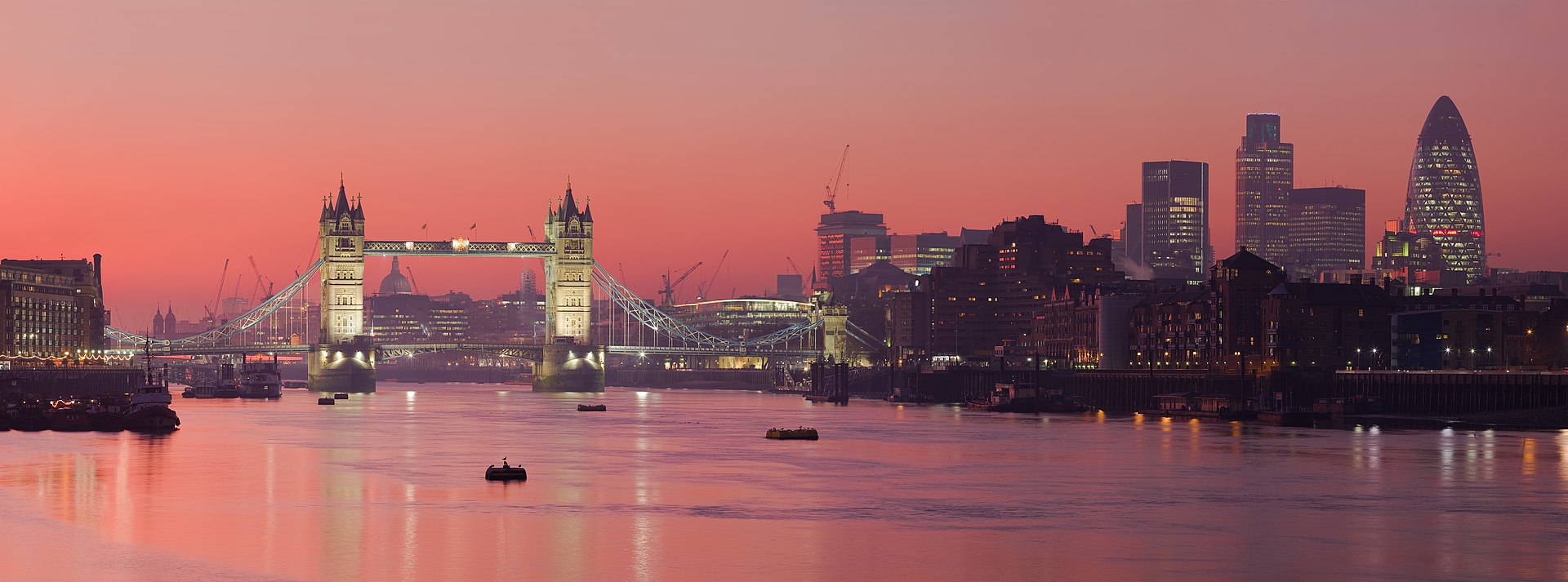
It is important that my wife is mentioned, for it must be admitted that travelling as a pair is significantly different than travelling by oneself.
And if one of the pair is financially dependent upon the other, then the one in a weaker financial situation will find the trip itinerary determined by the person in the stronger position.
It was my second attempt to experience London.
A number of years ago my best friend, his gal pal (now his wife) and I spent a weekend in London, visiting Greenwich Observatory and the Globe Theatre, walking along the Thames and taking in a theatre performance of a musical (with puppets!) called Avenue Q.
It was a great time, and I will always be grateful to Iain and Samantha for their amazing generosity and thoughtfulness, but the mad dashing from place to place left my mind in a spin with only moments remaining as memories.
I had hoped for more of a chance to savour London this trip, but my good Frau Doctor wife had her own ideas of approaching London….
London, England, 23 October 2017
There had been the usual amount of stress that is customary with flying to foreign destinations: the packing and preparation, the dash to the Airport, the long line-up at the airline check-in, the even longer line-up at airport security, then the wait at the gate to board the aircraft, the scramble and silent war of wills to claim overhead compartment space for the stuff one insists having close at hand while flying, the take-off, the landing, then finally…..
One has arrived.
I won´t criticise Zürich Airport, but to be fair, it is not Heathrow.
Heathrow Airport, also known as London Heathrow (LHR), is the 2nd busiest airport in the world by international passenger traffic (surpassed only by Dubai International), the busiest airport in Europe by passenger traffic and the 7th busiest airport in the world by total (domestic and international) passenger traffic.

Last year, Heathrow handled a record 75.7 million passengers.
And Heathrow is only one of six airports with scheduled services serving the London area.

(The others are Gatwick, Stansted, Luton, Southend and London City.)
Clearly London is a popular destination.
Heathrow is 14 miles/23 km west of central London, so as the Airport is west of London and as its runways run east-west, an airliner´s landing approach is usually directly over London itself.
So the lucky airplane passenger can look out the plane windows and see the flow of the Thames and spot from a distance the world famous sites of Big Ben and the Houses of Parliament as well as the London Eye ferris wheel.
Where once there were farms, market gardens and orchards, Heathrow Airport is now used by over 80 airlines flying to 185 destinations in 84 countries.
London Heathrow is the primary hub for British Airways and the primary operating base for Virgin Atlantic.
Every year one million passengers arrive at Heathrow from Zürich Airport, though most outbound passengers use Heathrow to fly to New York City´s JFK Airport (over 3 million every year).
Despite all this air traffic, Heathrow has only two parallel runways and covers an area of 4 square miles / 12 square km.
Though flying remains one of the safest methods of transportation in the world, there are those, like myself, who do not enjoy flying.
Some turn to religion for comfort in these turbulent times, so Heathrow has thoughtfully provided Anglican, Catholic, Protestant, Hindu, Jewish, Muslim and Sikh chaplains with multi-faith prayer rooms and counselling rooms in each terminal.
For the celebrity set, Heathrow is not a sanctuary away from the public eye, as it has its own resident press corps (six photographers and one TV crew), serving all the major newspapers and TV stations around the world.
Heathrow has five terminals, though only four are used.
Terminal 5 lies between the northern and southern runways at the western end of the Heathrow site, exclusively used by, the airline we used for this trip, British Airways and its partner company Iberia.

30 million passengers visit Terminal 5 every year, using the 60 aircraft stands and the more than 100 shops and restaurants in the main terminal building.
There are a number of ways to get into London from Heathrow….
There is the Heathrow Express, a 21-minute non-stop service direct to Paddington Station; the Heathrow Connect, a 27-minute stopping service to Paddington calling up to five National Rail stations en route; and the Piccadilly line of the London Underground, a 50-minute journey.

There are also many buses and coaches, taxis, rental car agencies and even bicycle routes to take you away from the frantic hustle and bustle of the Airport to the even more frantic hustle and bustle of central London.
There have been incidents and accidents at Heathrow….
Since 1948 – Heathrow has been in operation since 1929 though at a much smaller scale than today – there have been 14 airplane crashes, 14 terrorism or security incidents and two major weather incidents.
But let´s not focus on these, shall we?
But instead imagine all the other stories worth telling….
In 2005, the Dutch network Nederland 1 began producing the TV series Hello Goodbye, whose format has been picked up and remade in other countries.
The shows involve a presenter who roams around an airport with a cameraman asking members of the public in departures and arrivals who they are saying goodbye to or welcoming home.
The presenter looks for unusual stories and the show is edited with inspirational music in dramatic points of the show, usually when people say their goodbyes or meet whom they´ve been waiting for.
The Dutch series is filmed at Amsterdam´s Schiphol Airport, the Sky 1 British series is filmed at Heathrow and the Canadian CBC Television series is filmed at Toronto´s Pearson Airport.

I have not seen these series myself, but I imagine them to be quite similar to the closing act of the film Love…Actually, where Prime Minister Hugh Grant is met by his girlfriend, Liam Neeson´s son meets his girlfriend, Colin Firth meets his Portuguese fiancée, Emma Thompson greets her husband Alan Rickman, and Bill Nighy is reunited with his best mate and manager, all to the background music of the Beach Boys´ “God Only Knows”.
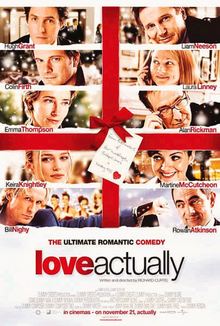
Sadly, no film crew was awaiting our arrival at Heathrow Terminal 5, but we kept calm and carried on.
God only knows how.
In the old days a great deal of London was made up of separate villages (as was the case with many other capital cities of the world).
In 1773 no fewer than 46 were listed and Paddington was one of them.
Over the years the villages grew larger and prospered, eventually merging with each other to become part of one enormous whole.
Paddington Station, also known as London Paddington, is a Central London railway terminus and London Underground station complex, located on Praed Street in the Paddington area.

Paddington is the London terminus of the majority of commuter and regional passenger services to west London and the Thames Valley region as well as long distance intercity services to southwest England and south Wales.
It has two separate tube stations providing connections to the Bakerloo, Circle, District, Hammersmith and City lines.
It´s hard to picture Paddington Station ever having been part of a small village.
Up to 80,000 people pass through it every day, including the 15,000 who fly in and out of Heathrow from all over the world, which explains why it is so busy.
We only just arrived in London and we find ourselves already surrounded by history and legends, for this site has been the London terminus of the Great Western Railway and its successors since 1838, and was first served by London Underground trains in 1863, as the original western terminus of the Metropolitan Railway, the world´s first underground railway.
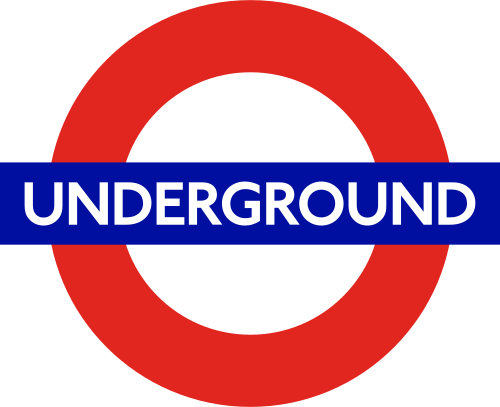
On Platform 8 there is a statue in memory of Isambard Kingdom Brunel, the son of a French engineer, who not only designed Paddington Station, but was also responsible for the whole of the Great Western Railway – building bridges and viaducts, digging tunnels and laying the tracks.
Paddington is bounded in front by Praed Street and behind by Bishop´s Bridge Road, to the west by Eastbourne Terrace and to the east by the Paddington arm of the Grand Union Canal.
This is an area that is partly residential, but also includes St. Mary´s Hospital, restaurants and hotels.
(St. Mary´s Hospital was where Scotsman Alexander Fleming discovered penicillin.)

Above: Sir/Dr/Prof. Alexander Fleming (1881 – 1955)
Our hotel is close to Paddington on Sussex Place, (making me think of Sussex Drive back in Ottawa), and is a short walk to Lancaster Gate tube station and the conjoined parks of Hyde Park and Kensington Gardens.
Paddington was an important milk depot towards the end of the 19th century.
A milk dock was built in 1881 and by the 20th century over 3,000 churns were being handled in the station every day, along with other goods such as meat, fish, horses and flowers.

By 1936, around 22,000 parcels a day were being forwarded from Paddington, with the Royal Mail service processing around 4,500 mailbags and 2,400 parcel bags every day.
Paddington came under attack several times during World War II.
On 17 April 1941, the departure side of the Station was hit by a parachute mine, while on 22 March 1944, the roof between Platforms 6 and 7 was destroyed by two 500-pound/230 kg flying bombs.
Passenger traffic greatly increased through Paddington during the war, partly by evacuation to the relatively quiet Thames Valley and because holidaymakers chose to travel west as large areas of the south and east coasts had been taken over for military purposes.
Paddington though is more than simply rails leading away from it.
There are many cultural references to this Station.
Paddington is mentioned in several Sherlock Holmes novels, including The Hound of the Baskervilles and The Boscombe Valley Mystery.

The mystery novel 4.50 from Paddington by Agatha Christie begins with a murder witnessed by a passenger on a train from Paddington.

One of the Railway Series books, The Eight Famous Engines, contains a Story about Duck, Gordan and a foreign engine debating which Station in London is most important.
Duck says that he used to work at Paddington so he knows that Paddington is the most important.
However, Gordon later finds out that the most important Station in London is St. Pancras.
There is a fictional underground Paddington Station on the North London System in the novel The Horn of Mortal Danger.
Paddington Station was the subject of William Powell Frith´s 1862 painting The Railway Station.
The band Supertramp used Paddington Station to record the train sounds featured in the song “Rudy” on their 1974 album Crime of the Century.

But what comes to most English speakers´ minds when the name Paddington is mentioned is the children´s book character Paddington Bear who was named after the Station.
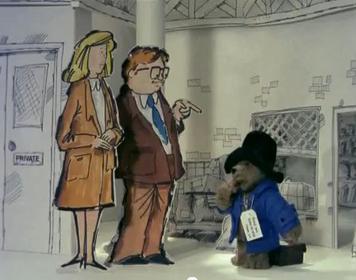
In the books, written by Michael Bond, Paddington Bear is found at Paddington Station, having come from “deepest, darkest Peru” – with his old hat, battered suitcase (bearing the label “Wanted on Voyage”), duffel coat (with a note attached to it that reads “Please look after this bear. Thank you.”) and love of marmelade.
Paddington arrived as a stowaway, sent by his Aunt Lucy who has gone to live in the Home for Retired Bears in Lima.
Paddington claims: “I came all the way in a lifeboat and ate marmelade. Bears love marmelade.”
“When I first set foot on Paddington Station there were so many People rushing to and fro I didn´t know which way to go, so I sat on my suitcase outside the Lost Property Office and waited for something to happen.”
He is found by the Brown family who cannot understand his Peruvian bear name, so they decide to call him Paddington after the railway station in which he was found.
The Browns take him home to 32 Windsor Gardens, off Harrow Road between Notting Hill and Maida Vale.
(There is an actual Windsor Gardens, but there is no #32.)
(Chilcot Crescent in Primrose Hill is where the recent movies Paddington and Paddington 2 were filmed.)
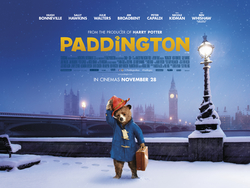
Paddington is always polite – addressing people as “Mr.”, “Mrs.” or “Miss”, rarely by first names – and kindhearted.
When Paddington gets annoyed with someone, he often gives them one of his special “hard stares” which causes them to become flush and embarrassed.
Paddington´s adventures usually arise from him misunderstanding something and trying to right (what he perceives to be) unfair or unjust situations.
This typically ends up with him messing things up in some way, but, in all his adventures, he ends up on top and everyone involved can laugh about it.
Paddington frequents the nearby Portobello Road market, where he is respected by the shopkeepers for driving a hard bargain.
Mr. Samuel Gruber, the friendly owner of an antique shop on Portobello Road, with whom Paddington has his “elevenses” every day and who regularly takes Paddington and the Brown children on outings, is a Hungarian immigrant who can relate to what it feels like to be an outsider.
Bond was inspired by his wartime experiences at the BBC Monitoring Unit in Caversham, which was staffed almost entirely by Russian and Polish people.
Michael Bond has said that Paddington was inspired by childhood memories of watching children being evacuated from London.
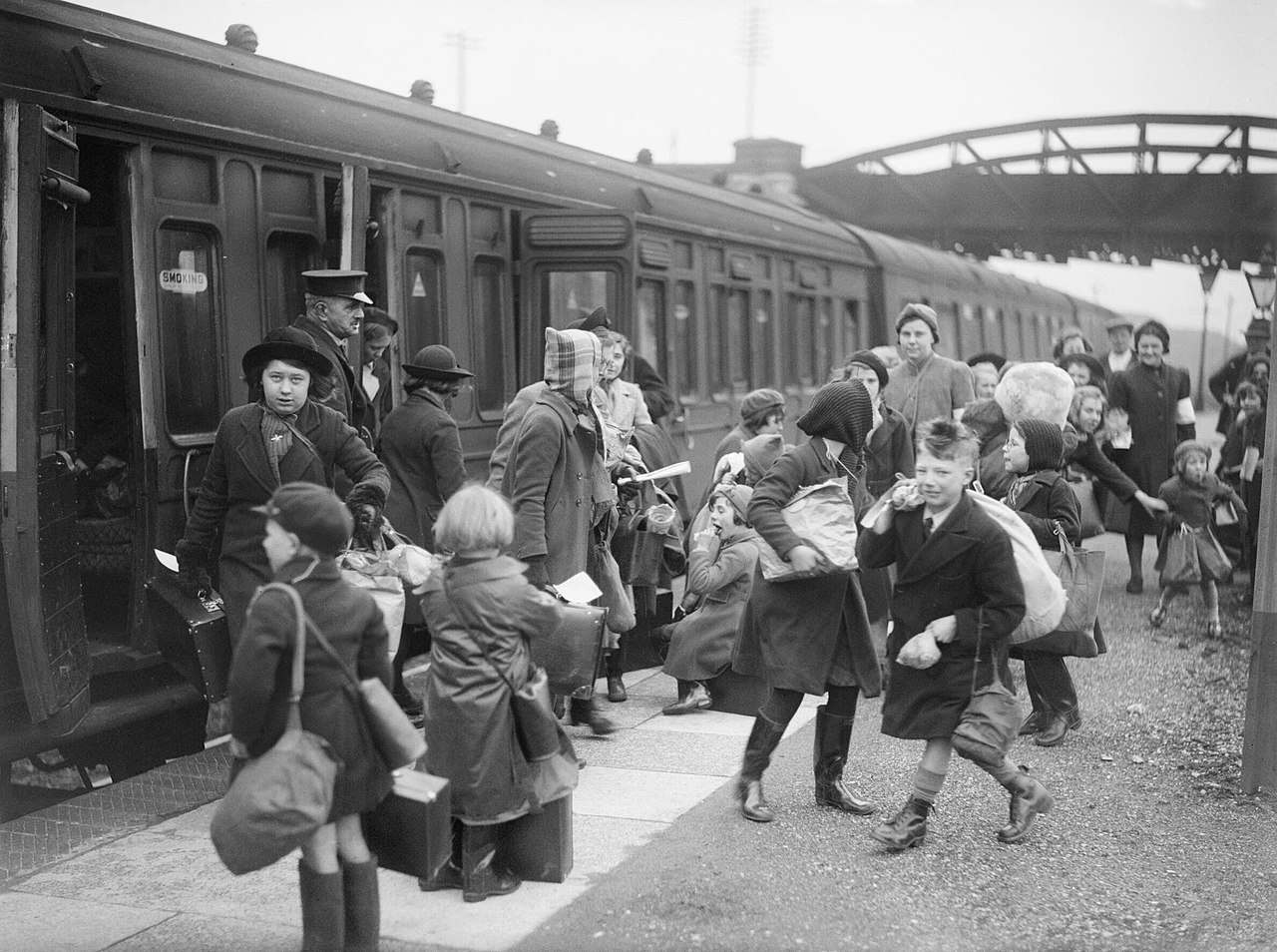
They would crowd the stations with labels around their necks, their possessions in tiny suitcases.
He is also based partly on Bond´s father and partly on a teddy bear that Bond saw in Selfridges on Christmas Eve in 1956.
He bought the bear as a present for his wife and wrote the first book, A Bear Called Paddington, in 10 days.
Paddington Bear´s adventures have sold over 35 million copies worldwide and have been translated into 20 languages.
Michael Bond once received a letter from a small boy in America who said he was so used to Paddington being the name of a bear, it now seemed a funny name for a railway station.
These days, at Platform 1, you can find a bronze statue of the very polite bear under the clock and also buy a gift from the world´s only Paddington Bear shop.


As we leave the Station, I feel somewhat like an outsider, not completely understanding how life works in London but remaining polite and kindhearted nonetheless.
As we head outside towards Praed Street, we pass the latest Great Western Railway advertising campaign billboards, featuring Enid Blyton´s The Famous Five.
The first billboard sums up perfectly our feelings as we head towards our hotel and further exploration of the City:
“Adventure starts here.”
(To be continued….)
Sources: Wikipedia / Google / Michael Bond, Paddington´s Guide to London / Michael Bond, A Bear Called Paddington / Eloise Millar & Sam Jordison, Literary London


